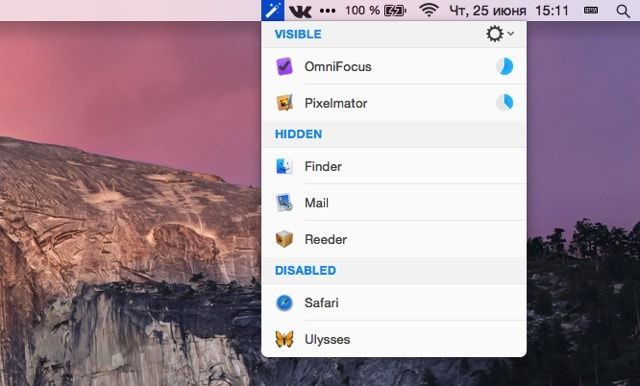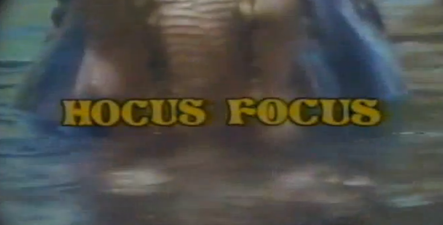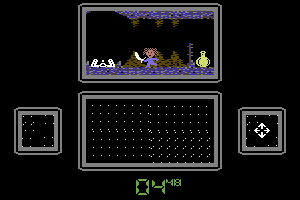
“Another thing that separated us from so many bands was that we play loudly and quietly,” he adds. “The Moving Waves album did have Eruption, a song that took up a whole side of vinyl and which we still play live, but even at its longest Hocus Pocus was more like a single,” explains van Leer. These days it rarely lasts for longer than 10 minutes. Hocus Pocus reached No.20 in the UK (on its second release, a year after its original 1972 release), and No.9 in the US more than a further year later.Īs demonstrated by Focus’s 1973 album Live At The Rainbow, Hocus Pocus was slightly elongated when performed live, but the band resisted the temptation to make it the centrepiece of their show. “We even considered calling it Crocus for a short while,” he confides with a smile.įocus really found their feet with their second album Moving Waves (on which Hocus Pocus was the opening track), which later prompted eventual long-term producer Mike Vernon to observe: “You wonder if it’s the same band ”.īut it was the decision to make it a single by slashing three minutes from its original six-and-a-half that eventually established Focus as stars on both sides of the Atlantic. With no lyrics per se, it was van Leer who proposed giving it a title that rhymed with the band’s name. Apart from the addition of a manic flute solo, a flourish of accordion and some scat vocal ad-libs, the track was put down in just a couple of takes, and in almost exactly the same form as it had emerged at the castle.
HOCUS FOCUS MAC AP MAC
The band were impressed that Polydor Records had paired them with Mike Vernon, who had produced Fleetwood Mac and John Mayall. Hocus Pocus was recorded partly in London in April/May 1971. “Without boasting, it was something that I just knew.” “Although I wasn’t aware that it might become a rock’n’roll classic, I had a feeling in my spine that it would make history,” he says. If something’s important, they can choose to notify you anyway.Like many composers of hits, van Leer knew instantly that he and Akkerman had created something of lasting value. When you share your Focus status, people who send you a message know that you have silenced notifications. If you plan to use a Focus on a regular basis, you can schedule it to turn on or off automatically and set other options to customize it. If you keep Focus up to date across your Apple devices, turning a Focus on or off on your Mac turns it on or off on your other devices. To close Control Center, click anywhere on the desktop. Its icon is no longer highlighted in the list, and the dimmed Do Not Disturb icon is briefly shown in the menu bar.

Its icon is highlighted in the list and is shown in the menu bar.Ĭhange the duration of a Focus: Choose a duration, such as “For 1 hour.” If you turn on the Focus when you’re in a scheduled event, such as a meeting or class, choose “Until the end of this event” to have the Focus turn off when the event ends (as set in the Calendar app). If you set the option in Control Center settings to always show Focus in the menu bar, you can click the Focus icon there. In the menu bar on your Mac, click Control Center, then click anywhere in the Focus section.



HOCUS FOCUS MAC AP INSTALL
Install and reinstall apps from the App Store.


 0 kommentar(er)
0 kommentar(er)
